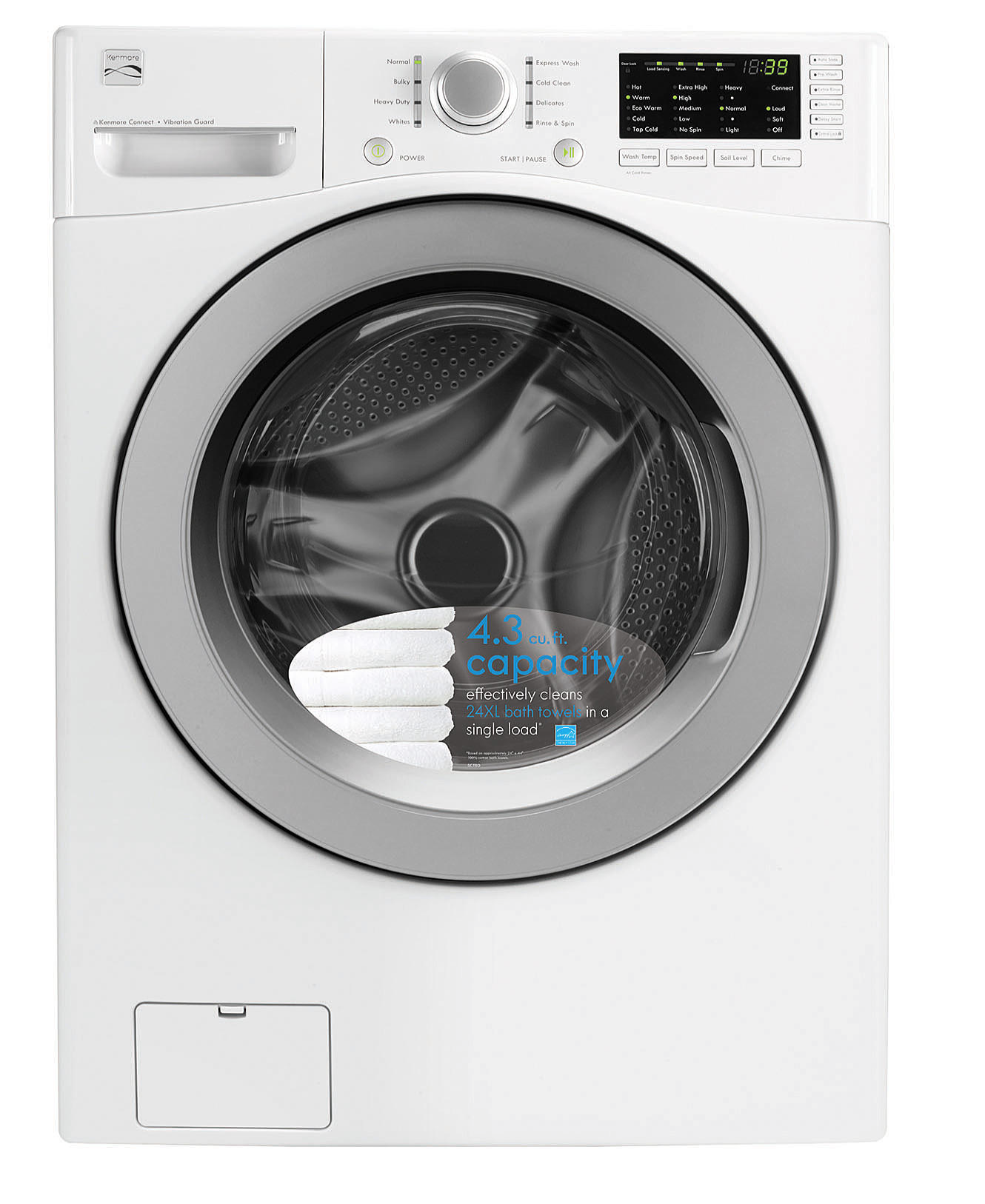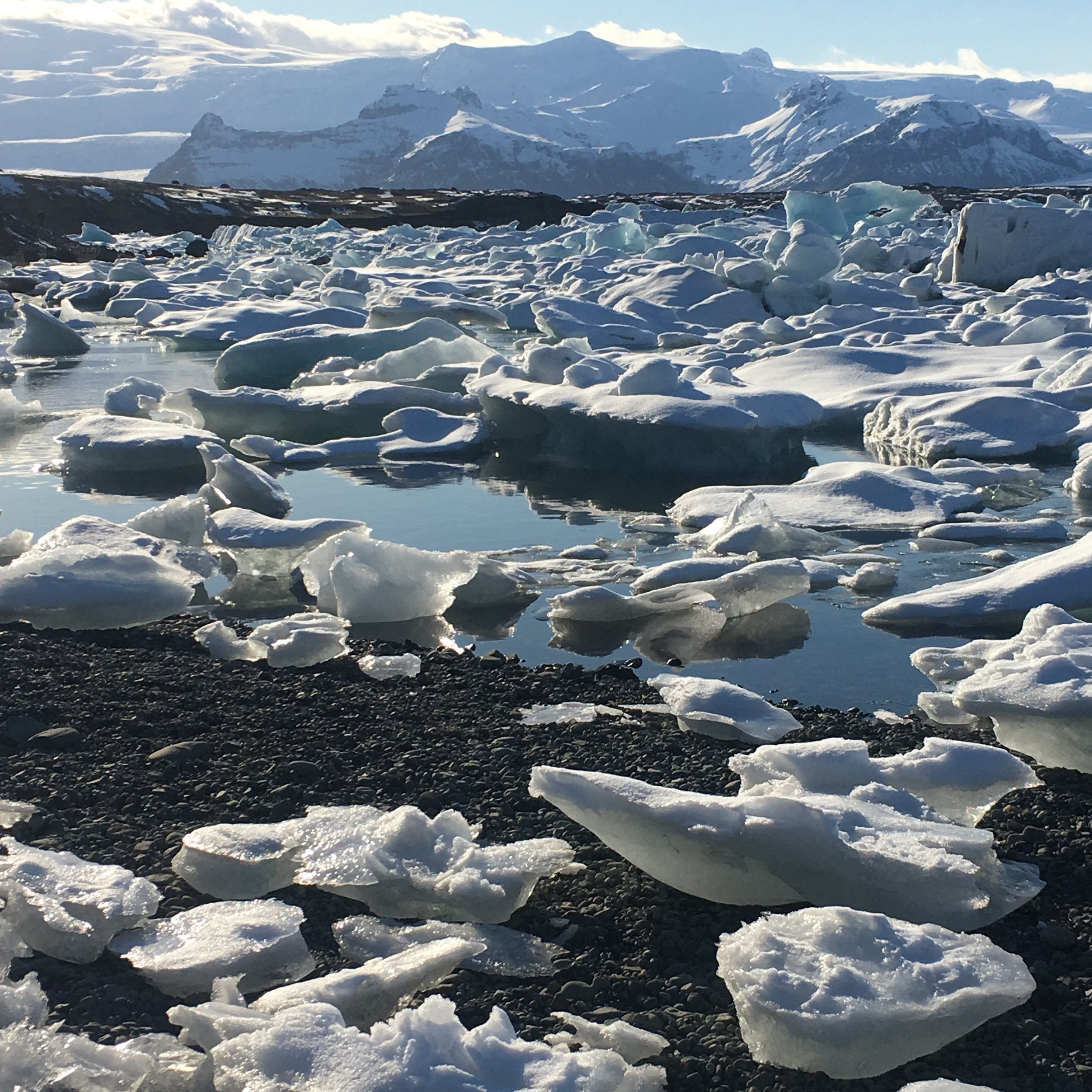Inspired by the Paul Hawken bestseller Drawdown
With global warming and greenhouse gases climbing to levels never before experienced by humankind, the good news is there’s still hope yet.
Recently, I heard Paul Hawken speak at ABC Carpet & Home about the collective nonprofit coalition that created the book Drawdown: The Most Comprehensive Plan Ever Proposed To Reverse Global Warming. The book has some surprising—and encouraging—insights on what those solutions are.
Paul Hawken, editor of "DRAWDOWN," speaking at ABC Carpet & Home
Beyond recycling and composting, here are five things that you can do in your home to help reverse global warming:
#1
You Don’t Really Need All Those Groceries
How often do the spinach and arugula go bad in your fridge? You had great intentions at the grocery store, but didn’t get around to making all those salads. You’re not alone when it comes to wasting food. If food were a country, it would be the world’s third biggest emitter of greenhouse gases after China and the U.S., according to Drawdown.
One solution is to buy fresh perishables in smaller quantities for planned meals. Additionally, food is often perfectly fine to eat after expiration dates and best-used-by dates, and some wilting produce can still be used in the juicer.
Cilantro saying, "Hurry up!" in my fridge.
If you can't shop for less more often, a great product to prolong your food's life is FreshPaper. Add these sheets made with organic spices to your fruits and veggies in the fruit bowl, existing packaging or fridge drawer and save them 2-4x longer.
FreshPaper sheets
#2
Challenge Yourself—In The Shower
Many Americans don’t realize how abnormally long we stay in the shower compared with the rest of the world. I remember getting a firm lesson from my high school German teacher, Herr Cody, on how to shower before my first trip to Europe:
Turn shower on; wet yourself.
Turn shower off; soap yourself.
Turn shower back on; rinse yourself.
Create a fun challenge for yourself and your family by limiting showers to five minutes. This can reduce water use by 7-8 percent a year.
And if you want the best showerhead developed with aerospace engineering—it’s almost here. The Nebia showerhead atomizes droplets, producing more droplets dispersed over five times the area of a regular showerhead. It is thirteen times more thermally efficient, so you feel the heat on that body more. It reduces water use by 70 percent compared with conventional showerheads—even 60 percent more than the WaterSense showerheads available.
Nebia showerhead has 70 percent water savings, saving thousands of gallons a year
#3
Upgrade Your Toilet—Yes, Your Toilet
It’s not a glamorous upgrade to make but we do really need to go there. Low-flush toilets are the best way to cut water use in your home, by up to 19 percent. “The U.S. EPA estimates that if one American home out of every one hundred switched an older toilet out for a new, efficient one," Drawdown says, "the country would save more than 38 million kilo-watt hours of electricity—sufficient to power 43,000 households.”
Here’s the list of comps on the EPA-approved WaterSense toilets. Keep in mind that 0.8 GPF (gallons per flush) is the lowest water use of any toilet on the market. According to Best Toilet Guide 1.28 GPF is a sweet spot for performance and water saving combined. A smart one I’ve found that uses the least amount of water in any single flush is Niagara Stealth, which at 0.8 GPF uses patented Stealth technology that makes for a quiet flush—meaning that you get the added bonus that no one can visualize your bathroom business.
Niagara Stealth with 0.8 GPF
#4
Find A Water-Efficient Washing Machine For You And Your Dirties
Let’s call this clean living for your clothes, your thoughts AND your environment. Choosing a water-efficient washing machine in your home can save up to 17 percent in water usage, and by washing only full loads of clothing it can save up to 7-8 percent of your water use over a year. Washing with cold water helps save energy even further.
When comparing the ENERGY STAR most efficient large capacity front-loading machines, the Kenmore #4116 has one of the lowest annual energy and water use for its size category. You can get more comparisons for your ”dirties” here on the ENERGY STAR site.
Kenmore #4116 washing machine
#5
Don’t Screw Yourself On Lightbulbs
There’s no excuse anymore, since LEDs have made big advances in achieving warmer incandescent-like color temperatures. LEDs use 90 percent less energy, and that means saving money as well.
There are great energy-efficient bulbs available including options by Cree. A big favorite is the Cree 9.5 Watt Warm White bulb that you can dim as needed. You can start phasing in LED lighting in a room you spend the most time in. Layer lighting, so you use light only where you are when you really need it. Some smart home technology can sense this as well, but if you can't go all high-tech, you can simply create smart LED mood and task lighting where you can. No one needs to see everything and everyone overly lit all the time. We're overexposed most hours of the day as it is.
Cree 9.5-Watt Warm White LED Bulb
There’s a lot more advice where those five came from. The Drawdown book lays out 100 substantive solutions gathered by leading peer-reviewed scientists and policymakers around the world: solutions that have the ability to reverse atmospheric carbon buildup in 30 years. There are hands-on practices that are available now. There are technologies that exist now. Project Drawdown encourages us all to make use of these solutions and to seek others for our "reimagination of the world."
We have the opportunity to draw down the level of greenhouse gases in the atmosphere by starting in our own homes. The motivation is simple: becoming a part of the solution to save humanity and our one, true home.
Jökulsárlón, "glacier river lagoon" and "glacier lake" in Iceland. The lake is increasingly growing and doubled in size in a 15-year period due to the melting Vatnajökull glacier. We can also help save it from completely disappearing.







